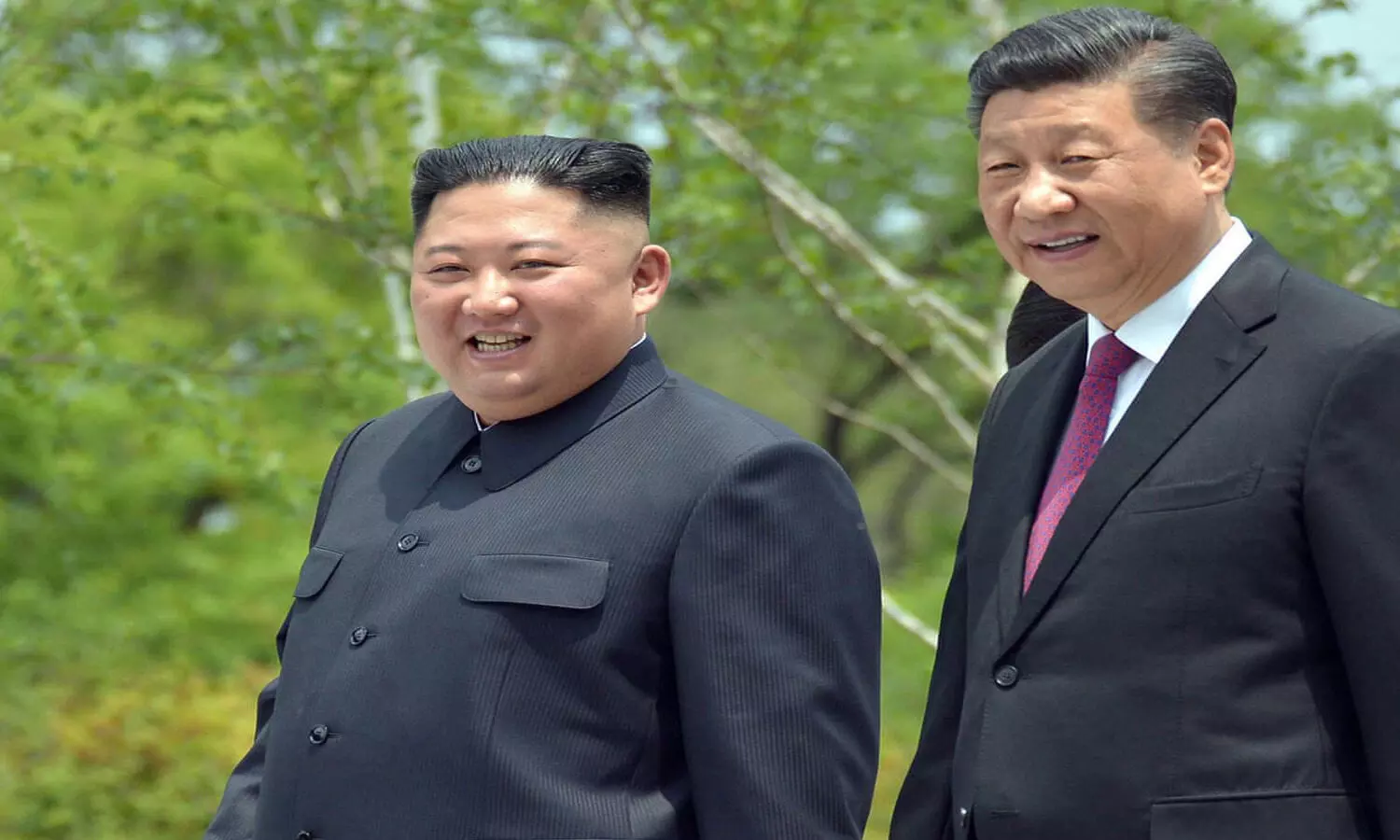TRENDING TAGS :
China's 4300-Year-Old Triple Defence System and Subterranean Tunnels
Unearth the secrets of ancient military strategy and cultural significance hidden beneath the surface.
China's 4300-Year-Old Triple Defence System and Subterranean Tunnels
Archaeologists have recently unveiled an extraordinary find at the ancient Houchengzui Stone City in Inner Mongolia, China. Dating back approximately 4,300 to 4,500 years, this archaeological marvel stands as the largest and most heavily fortified site in Inner Mongolia from the early Longshan period (3000 to 1900 BC).
The ongoing excavation, initiated in 2005 and led by the Institute of Archaeology, Chinese Academy of Social Sciences (CASS), has uncovered a complex triple-defence system. This system includes the main city wall, terraces, gatehouse walls, moats, and trenches. A recent discovery adds a new layer of defence – an elaborate tunnel system beneath the city.
Believed to serve dual purposes, these ancient tunnels were likely used as both a transportation network and a means of defence and offence. With arched ceilings reminiscent of Longshan period cave dwellings, the tunnels, measuring 3-6 ft in height and approximately 4 ft in width, spread out in a radial pattern, connecting to the center of the subterranean city.
Director of the Cultural Relics and Archaeology Academy of Inner Mongolia, Sun Jinsong, explained that these tunnels pass under the fortified city walls, extending beyond its boundaries. Some passages open from outside the city, passing through structures like the outer Wengcheng city wall, trenches, and the Wengcheng square.
The strategic design of Houchengzui Stone City, with its elaborate defence systems and concealed tunnels, emphasizes its cultural significance in military defence, reflecting its role as a strategic location.
The stone city comprises an inner and outer city fortified with three concentric walls, guarded gates, and trenches. Recent excavations, conducted from 2019 to 2023, focused on the Wangcheng gate, high-level buildings in the inner city, and the tomb area.
Researchers categorized the city's architecture into simple and complex stone masonry and earthen walls. Notable discoveries include the main city gate (CM1), urn city gate (CM2), and outer urn city gate (CM3). Descriptions of the main city gate highlight its rectangular plan, measuring about 15 m in length from north to south and 9 to 11 m in width from east to west, with intricate features such as doorways, gate walls, earth platforms, and other architectural elements.
The ongoing exploration of Houchengzui Stone City continues to provide valuable insights into ancient civilization, military strategy, and architectural prowess during the Longshan period.



